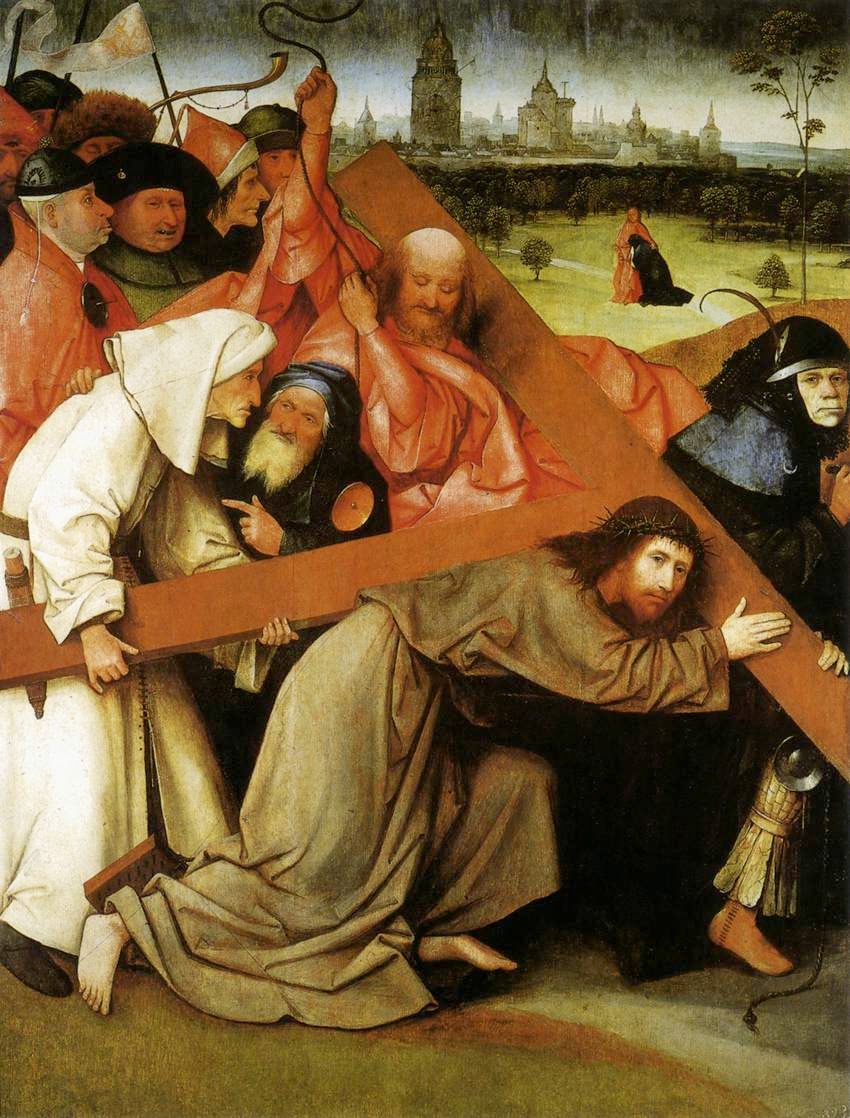Following on from those of Fr Michael Morris featured last week, here is an audio commentary on this beautiful painting, from Dr Caroline Farey of the School of the Annunciation in Devon in England. It is on the newly posted Sacred Art Resources page of their website, and was recorded to introduce Module 4 of their Diploma in the New Evangelization, which is one of their newly launched online/distance learning courses.
Don't forget the Way of Beauty online courses www.Pontifex.University (go to the Catalog) for college credit, for continuing ed. units, or for audit. A formation through an encounter with a cultural heritage - for artists, architects, priests and seminarians, and all interested in contributing to the 'new epiphany of beauty'.![]()
You can watch the video by going to the Sacred Art Resources page, here.
Dr Farey is one of the best that I know among those who consider symbolism of paintings; she explains the meaning of each figure in the painting individually, as well as the placement of the city and the trees in the background.
For example, she tells us how just one figure in the crowd, in the red pointed hat, looks beyond to the two small figures in the background, who are St John and Our Lady, taking the narrow road to the New Jerusalem in the distance. All the others are participating in leading Christ to His death. This was painted at time when the Church was not at its purest (at the end of the 15th century, prior to the Reformation). The figures on the left characterize the flaws in humanity and in the institutional life of the Church; the figure on the right of the cross, a soldier, has a crescent moon on his shoulder and represents Islam. So, the greatest threats to the Faith at this time were Islam outside Christendom and the waywardness of the Church within it...plus ça change.
Don't forget the Way of Beauty online courses www.Pontifex.University (go to the Catalog) for college credit, for continuing ed. units, or for audit. A formation through an encounter with a cultural heritage - for artists, architects, priests and seminarians, and all interested in contributing to the 'new epiphany of beauty'.

